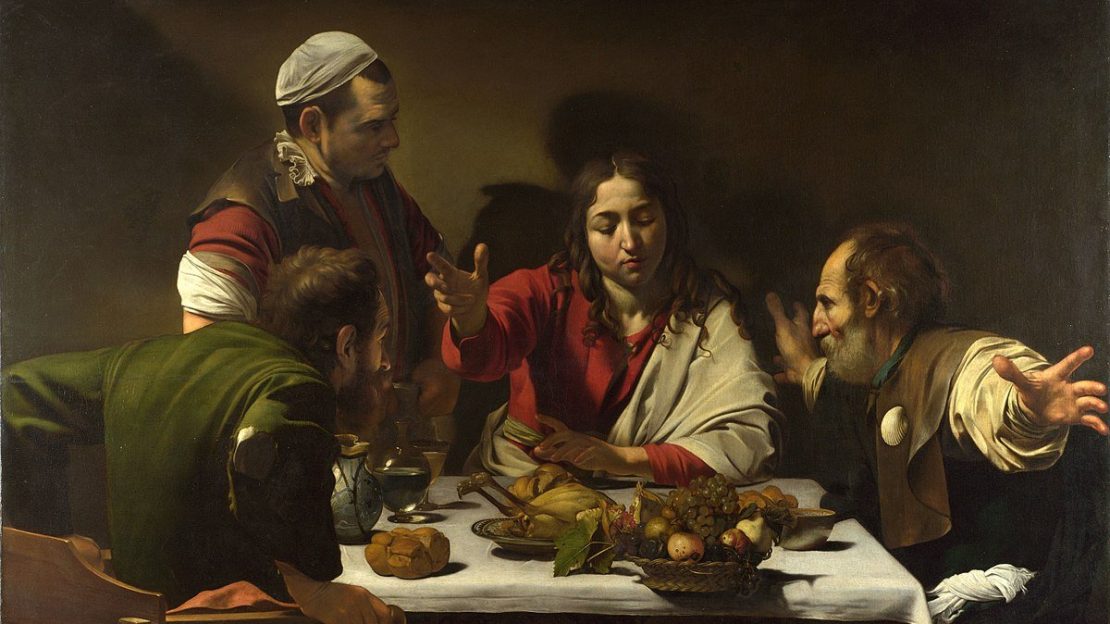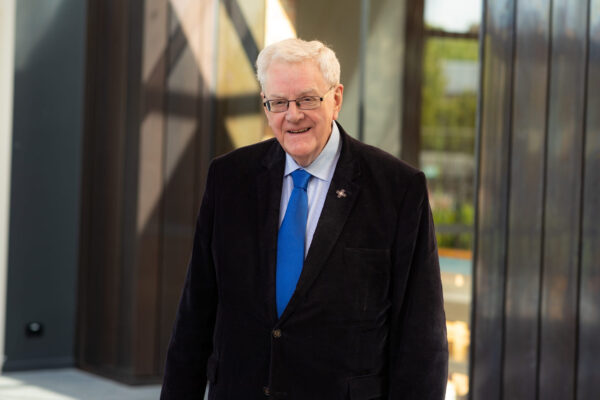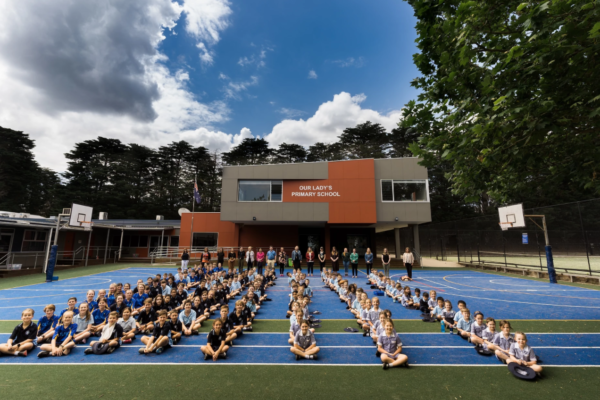Over the last three weeks we have spoken about the ways in which Christ is really present in the celebration of the Mass – the assembled people, the Word and the ministry of the priest. We come now the fourth form of the Lord’s presence among us which is the supreme form of his presence and the one to which the others lead – that is his presence in the Eucharist itself.
The celebration of the Eucharist is what we do in obedience to the Lord’s command “Do this in memory of me”. In chapter 24 of St Luke’s Gospel, we have the two disciples on the road to Emmaus. They are met by a stranger who accompanies them on their way and explains to them how everything they have experienced in Jerusalem regarding the death and resurrection of Jesus was what the Scriptures had pointed towards. Then, when those disciples invite him in to their meal, he does again what he did at the Last Supper, and in that action they recognise that this stranger is Jesus himself. As St Luke puts it, they recognise him in the breaking of the bread, which was St Luke’s name for what we would call the Eucharist.
They recognised his presence with them! Such is the Eucharist for us – it is the place or the action where we discover him present with us.
The most fundamental insight into this mystery among the people of God can also be summed up in words of St John’s Gospel. After the resurrection, when St John sees a figure on the shore whom the others do not recognise, he simply says “It is the Lord” (John 21.7). That simple “It is the Lord” expresses wonderfully well the sense of faith of the people of God regarding the Lord present with them and drawing them into communion with himself as they celebrate the Eucharist.
In the course of the Church’s history there have been many different theological explanations of this central reality of the faith. Each of them had its importance in its own time and have some importance for our developing understanding today. But we must not confuse theological understandings and the reality they are seeking to understand and express which after all can never be exhaustively explained.
By Fr Frank O’Loughlin
Main Image: Caravaggio’s Supper at Emmaus, National Gallery, London




Comments
Add Comment